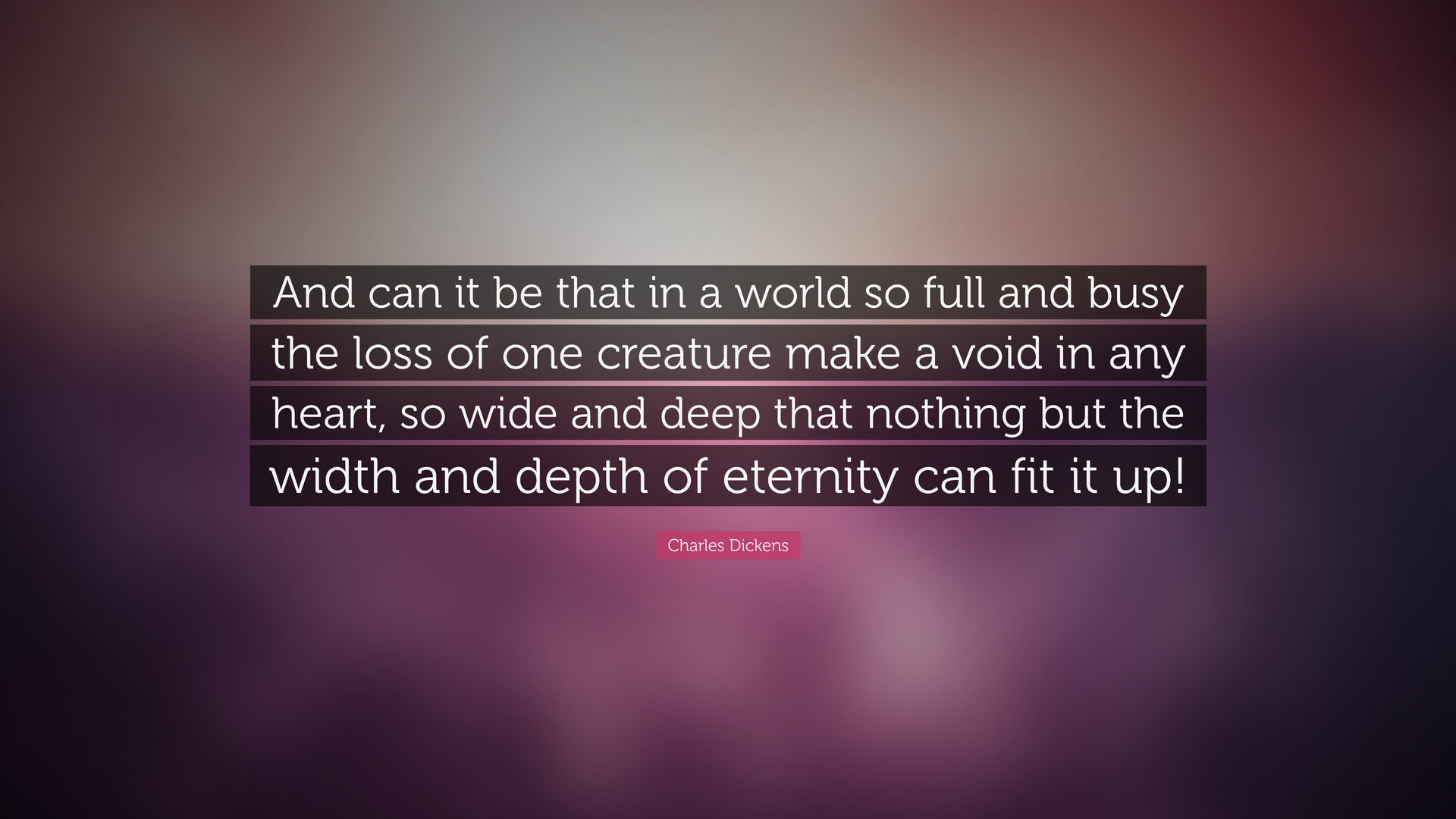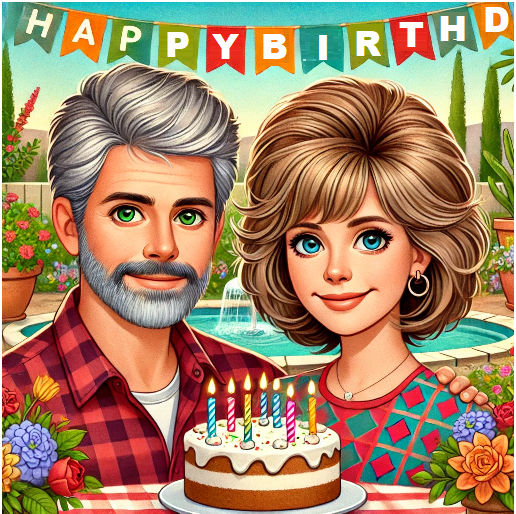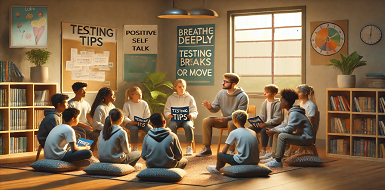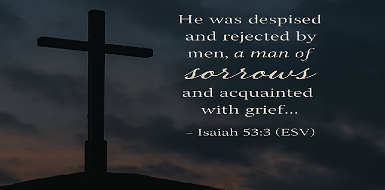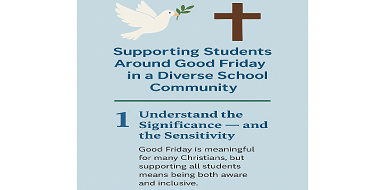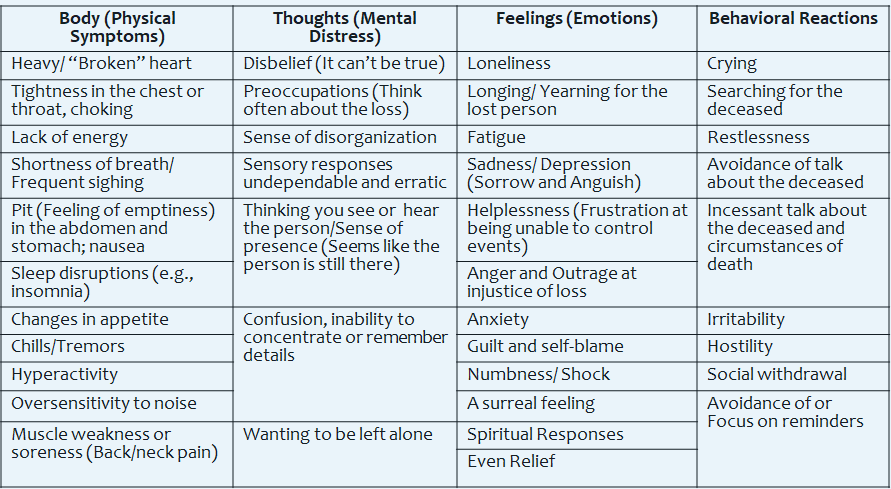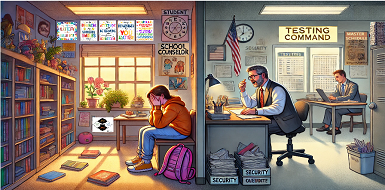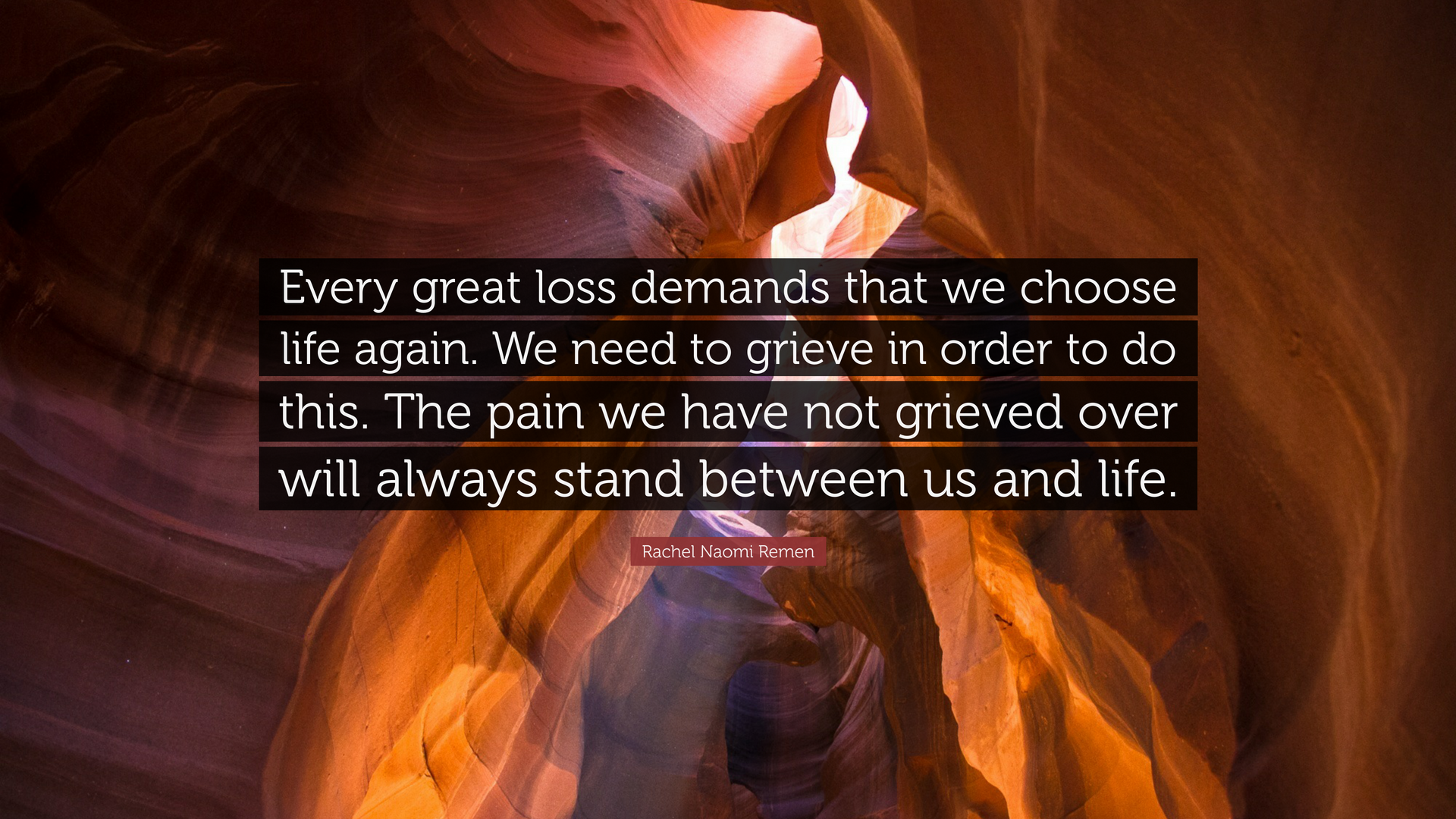You Can Close the Door on Grief, But It Will Peek in Through a Window
The Illusion of Control

Grief is one of the most complex and universal experiences we face as humans. Whether it's the loss of a loved one, a relationship, or a life we once envisioned, grief can hit us with a force that feels unbearable. In the immediate aftermath of loss, it's easy to think that if we just close the door tight enough, lock it away, and distance ourselves from the pain, we can escape it. But the truth is, grief has a way of finding us—peeking through the cracks, slipping under the door, or staring back at us from the window.
We often believe we have more control over our emotions than we really do. When something devastating happens, our first instinct might be to shut it out, bury it beneath distractions, or force ourselves to "move on." It's a natural response to want to avoid the overwhelming sadness or the anger that grief brings. So, we slam the door on it.
We throw ourselves into work, binge-watch entire series on Netflix, or engross ourselves in hobbies we didn’t have time for before — all in an effort to lock out grief. For me, it was the latter. I made a special garden where he was buried, and felt very blessed to be able to do so, as he’s in a private cemetery. I added a memorial garden along the back of the entire property and spruced up all the other gardens.
Those gardens became more than just a project. I was creating a space where grief could exist, where I could channel the weight of loss into something that was both reflective and healing. With each flower planted, each weed pulled, each stone carefully placed, it felt as though I was nurturing not just the earth, but my own sorrow.
Creating a physical space dedicated to his memory allowed grief to become tangible, something I could work with rather than something that simply lurked in the background. Every time I watered the plants or tended to the flowers, I felt like I was honoring his memory, keeping him close in a way that words or distractions couldn’t achieve.
The process of building this garden brought moments of quiet reflection and unexpected peace. I wasn’t running from grief anymore, I was creating a space where it could live—where memories, love, and even the pain of loss could coexist in something beautiful.
Gardens, in their own way, are like grief. They require patience, care, and attention, and just like the healing process, they take time to bloom.
And, for a while, the distraction of those gardens seemed like it was working. The days, and my heart, seemed a little less heavy. But, at some point, no matter how hard we try to keep it away, grief reappears.
Maybe it’s a memory triggered by a familiar scent or place. Maybe it's a quiet moment when your mind drifts to that person, and suddenly, grief is there again — watching, waiting, reminding you that it never truly left.
The Nature of Grief: It’s Fluid, Not Linear
One of the hardest truths about grief is that it’s not a process you can finish or check off your to-do list. It’s fluid, unpredictable, and deeply personal. Many people talk about the stages of grief—denial, anger, bargaining, depression, acceptance—as if they occur in a neat, linear order. But the reality is far messier.
Grief ebbs and flows. Just when you think you've made peace with your loss, a wave of emotion might crash over you when you least expect it. A song on the radio, a particular date on the calendar, or even the simple act of walking through a grocery store aisle could bring the feelings back, as fresh and raw as they were in the beginning.
In the early days after he moved to Heaven, a pack of Big Red gum bought such tears that anyone watching would have thought something truly tragic had just happened. He had lost most of his taste buds with the illness, but still loved that gum. When I found a piece in "his" bowl on the kitchen counter, my only thoughts were that he would never to get to chew it again. He would never be in the flesh on this earth again. And, it brought deep pain.
Grief will not be ignored. Trying to shut it out —closing the door— often leads to a false sense of progress. But grief isn’t something that disappears just because you’ve decided to ignore it. In fact, the more you resist it, the more it lingers, finding new ways to seep into your life. It might come in the form of irritability, exhaustion, or an overwhelming sense of emptiness that you can't quite explain. It will always peek through the window, reminding you of what you’re still holding onto.
Grief Is a Companion, Not an Enemy
It’s tempting to view grief as something to battle, something to conquer or outsmart. But what if we reframed our relationship with grief? What if, instead of slamming the door on it, we opened the door and invited it in?
This doesn’t mean drowning in sadness or giving up on the hope of healing. Rather, it means acknowledging that grief is a natural response to loss. It’s a reflection of love, of connection, of the depth of what has been lost. To grieve deeply means that you have loved deeply.
By allowing grief a place in your life, by sitting with it—even when it feels unbearable—you give yourself permission to heal. Grief won’t demand all of your time or attention forever, but it does need to be seen and heard. Pushing it away or pretending it’s not there only prolongs the pain. Grief, when acknowledged, can be transformative. It becomes a part of who you are, shaping your growth and your resilience.
Finding the Balance
It’s important to remember that there’s no right way to grieve, and no specific timeline for when you’ll “move forward” after a loss. Healing is a process, and part of that process involves allowing space for grief without letting it consume you.
You can have moments of joy, even in the midst of sorrow. You can find peace, even as you carry your pain. Joy and sorrow, peace and pain, are not mutually exclusive. They can exist in the same moment.
At the same time that I was in deep pain with the Big Red story above, I was also thankful that he had so much greater, better, things in Heaven.
It’s not about erasing grief, but learning how to live alongside it. Let it peek in through the window, let it sit with you for a while — but know that eventually, it will become a quieter presence. Not gone, but softer, more bearable.
Conclusion
Grief isn’t something we can shut out forever. It finds ways to remind us of what we’ve lost, and in those reminders, it invites us to reflect, to feel, and ultimately, to heal. Instead of running from grief, we can learn to embrace it—letting it shape us, without allowing it to overwhelm us.
So, if grief peeks in through the window, don’t fear it. Open the door, sit with it, and know that over time, its presence will become a part of your story—a story of love, loss, and the profound strength it takes to carry both.
I am a school counselor turned counselor educator, professor, and author helping educators and parents to build social, emotional, and academic growth in ALL kids! The school counseling blog delivers both advocacy as well as strategies to help you deliver your best school counseling program.
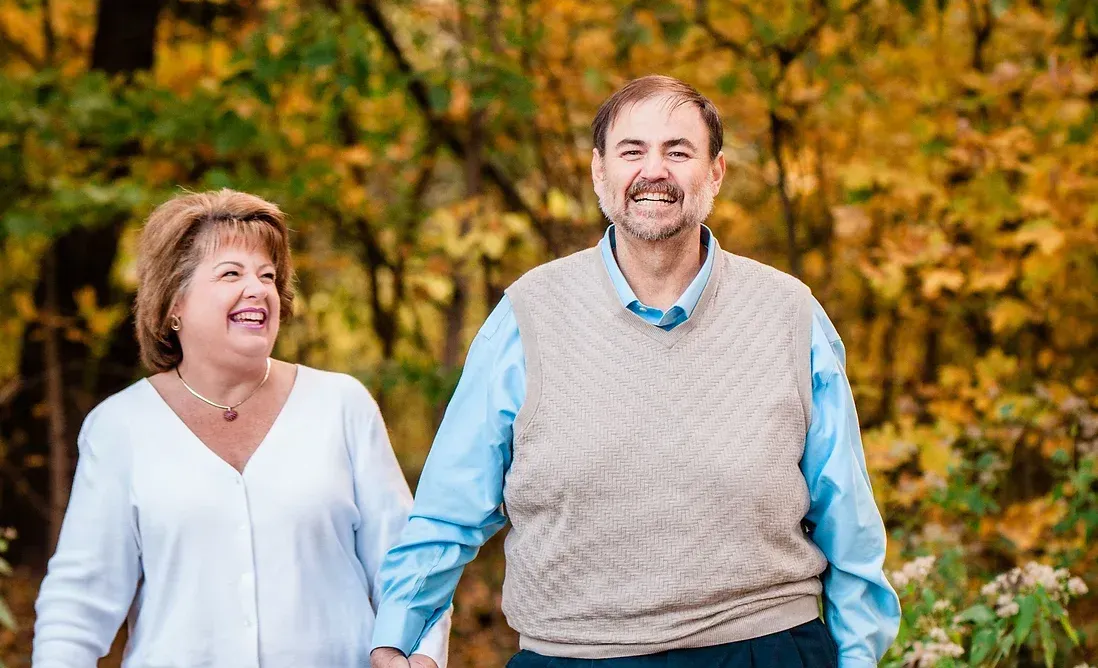
I'm a mother, grandmother, professor, author, and wife (I'll always be his). Until October 20, 2020, I lived with my husband, Robert (Bob) Rose, in Louisville, Ky. On that awful day of October 20,2020, my life profoundly changed, when this amazing man went on to Heaven. After Bob moved to Heaven, I embraced my love of writing as an outlet for grief. Hence, the Grief Blog is my attempt to share what I learned as a Counselor in education with what I am learning through this experience of walking this earth without him. My mission is to help those in grief move forward to see joy beyond this most painful time.

